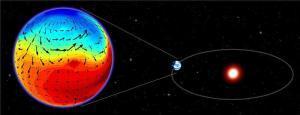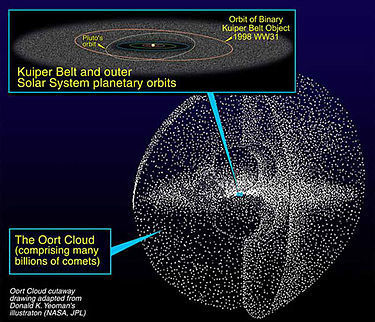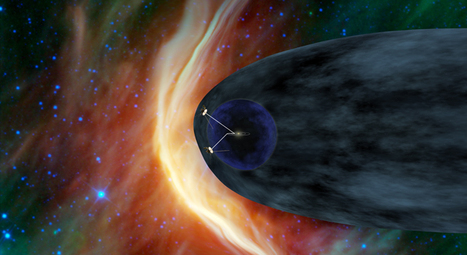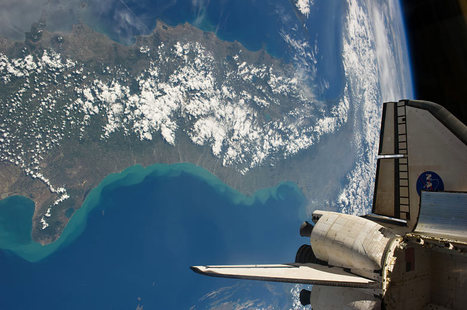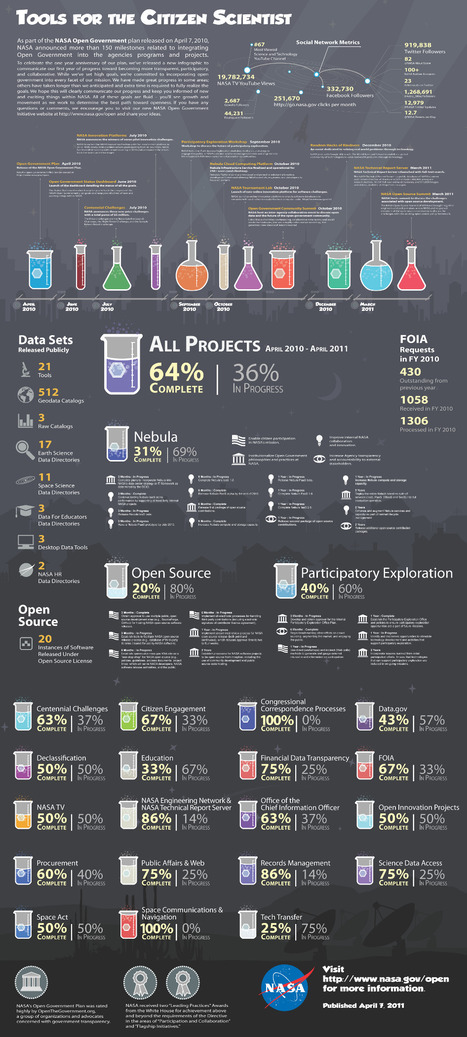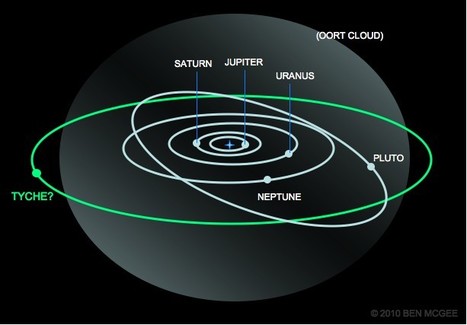"The planetary system around the red dwarf Gliese 581, one of the closest stars to the Sun in the galaxy, has been the subject of several studies aiming to detect the first potentially habitable exoplanet."
A French Astrophysics team concluded that the planet named Gliese 581d can be considered the "first confirmed exoplanet that could support Earth-like life".
But it doesn't mean it looks like Earth at all. See why in the article.
A French Astrophysics team concluded that the planet named Gliese 581d can be considered the "first confirmed exoplanet that could support Earth-like life".
But it doesn't mean it looks like Earth at all. See why in the article.



 Your new post is loading...
Your new post is loading...

